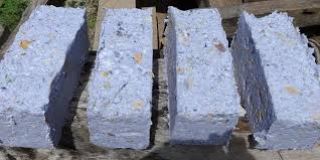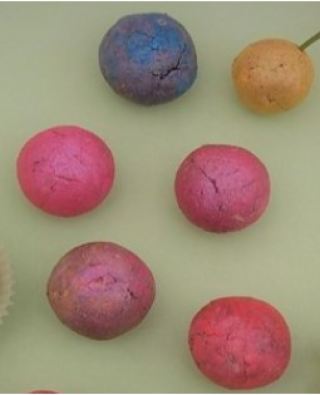From Used Paper Towels to Firebricks
Whilst paper towels from bathroom dispensers can be recycled, they really should not be. Given that they are used to wipe hands and mouths, they can harbour all sorts of bacteria which can contaminate entire loads of recycling.
We have therefore found another use for these towels, and for other paper products such as egg cartons, cereal boxes, and paper; the firebrick.
The firebrick is a paper bricks which is used to either replace or complement firewood as fuel for domestic purposes. These bricks are made of soaked and compressed waste paper, and are the eco-friendly alternative to cutting down trees for cooking or heating.
Benefits of using Fire Bricks
- Reduce deforestation;
- Reduce carbon dioxide emissions (CO2) into the atmosphere;
- Recycle waste locally No long walking to collect firewood;
- Reduced fossil fuel consumption;
- Increased biodiversity;
- A quarter brick boils 1 litre of water within 15 minutes in a traditional stove;
- Approximately 3 - 4 bricks can cook a meal in a traditional pot;
- 10 bricks can cook a meal in a traditional pot for approximately 40 people;
- Paper bricks can be used in a coal stove;
- Paper bricks can be used under 3-legged pots or in fire places.
- The production and sale of paper bricks can be income-generating.
From Disposable Coffee Cup to Seed Ball
The Problem
Approximately 500 billion coffee cups are produced annually around the world,
Each cup takes about 50 years to break down and decompose,
The paper used for the cups comes from the 4 billion trees which are felled annually for the paper industry,
Disposable paper cups are lined with 5% polyurethane plastic, which makes recycling of disposable cups both difficult and expensive.
The Solution
5Inc has devised a method of separating the plastic lining from the cardboard outer, whilst creating jobs at the same time.
The coffee cups are then turned into seed balls. Seed balls are vegetable or flower seeds encapsulated in a protective casing. They are used to replant areas where the natural flora has been eroded, or where an easy solution to mass planting is needed.



